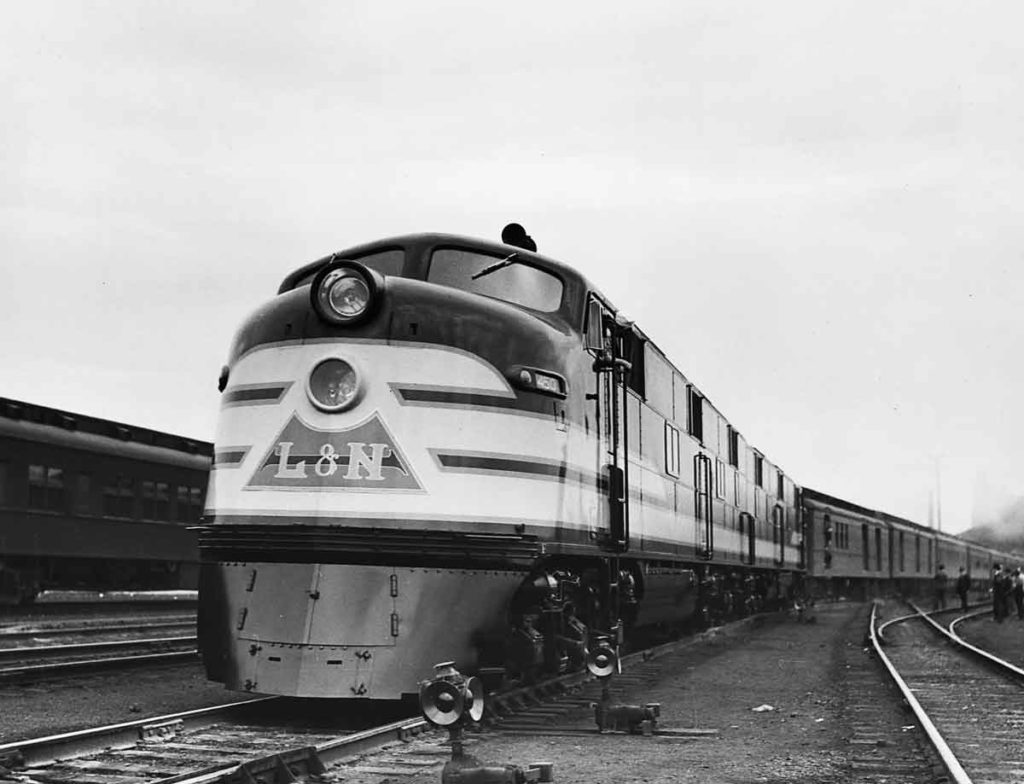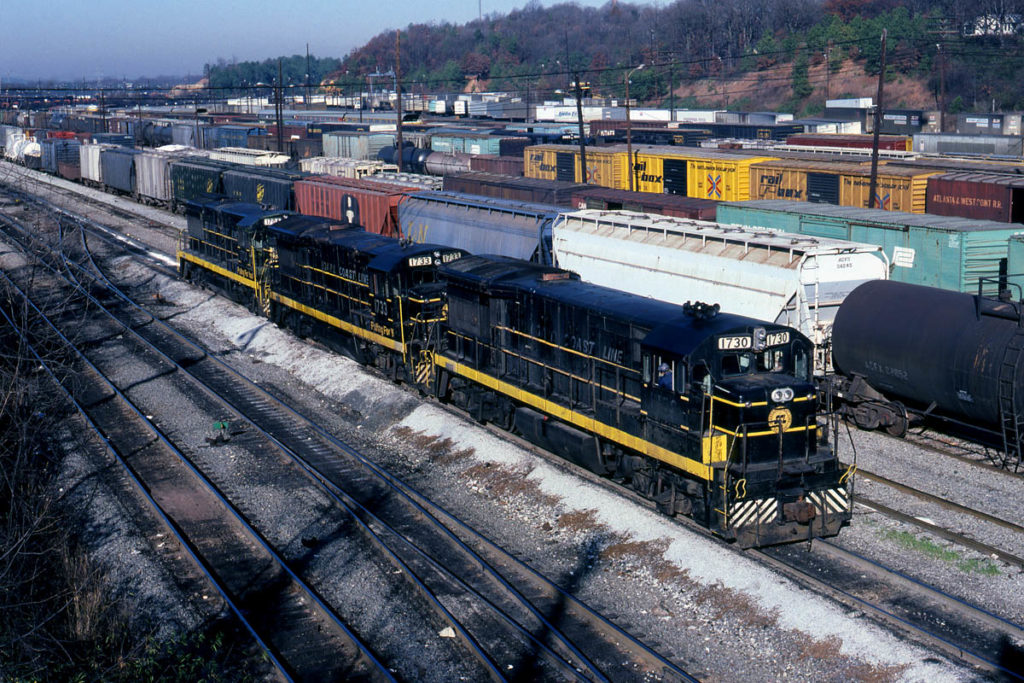
Three Seaboard Coast Line U30Bs work at Atlanta’s Tilford Yard in 1980. The railroad had 19 such locomotives on its roster, inherited from both Atlantic Coast Line and Seaboard Air Line. All rode on EMD trucks from trade-ins. Jim Wrinn photo […]
Read More…
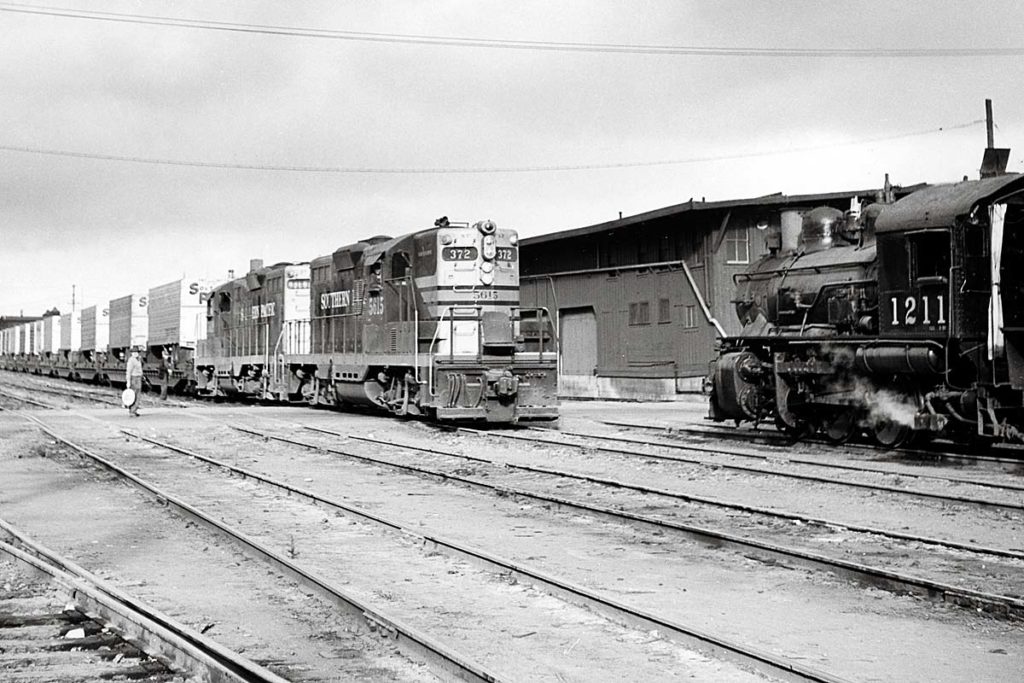
After 0-6-0 No. 1211 made up the train, two GP9s ease Advance Overnight 372 out of Southern Pacific’s freight terminal at 4th and Berry streets in San Francisco. The piggybacker will follow the Del Monte down the Peninsula on the first leg of its run to L.A. William D. Middleton photo […]
Read More…
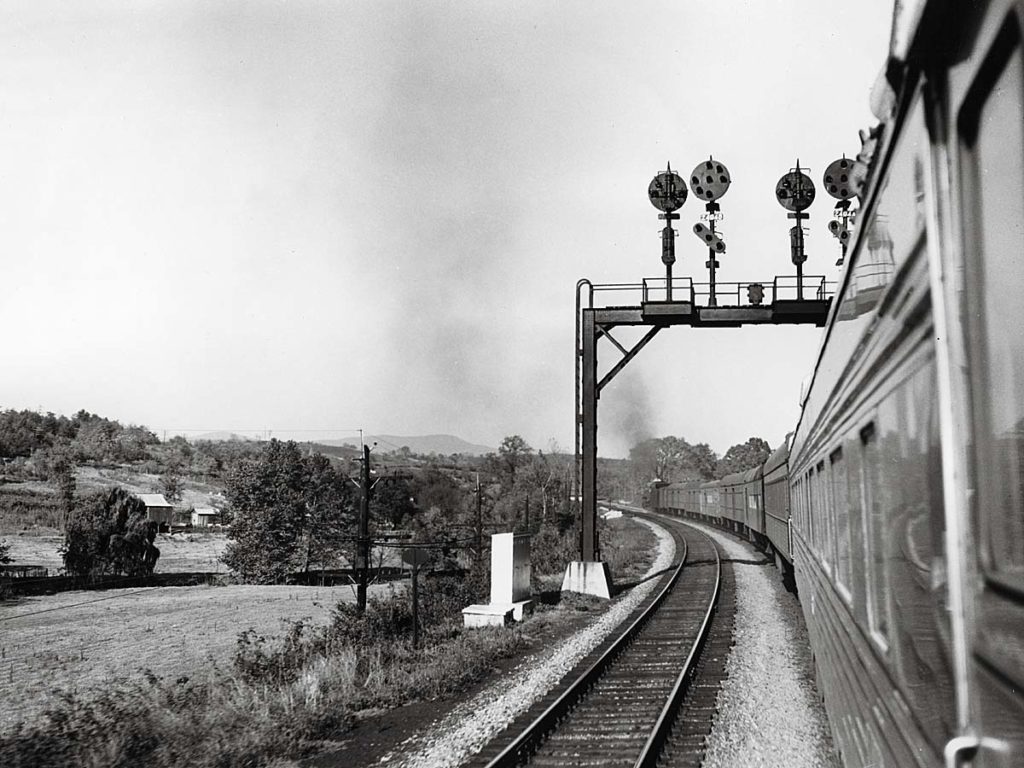
One of Norfolk & Western’s streamlined J-class 4-8-4s leads the Memphis–WashingtonTennessean east between Roanoke and Lynchburg, Va., in 1954. Southern Railway diesels brought the train to Bristol, Tenn., and will take over again at Lynchburg. W.A. Akin Jr. photo […]
Read More…
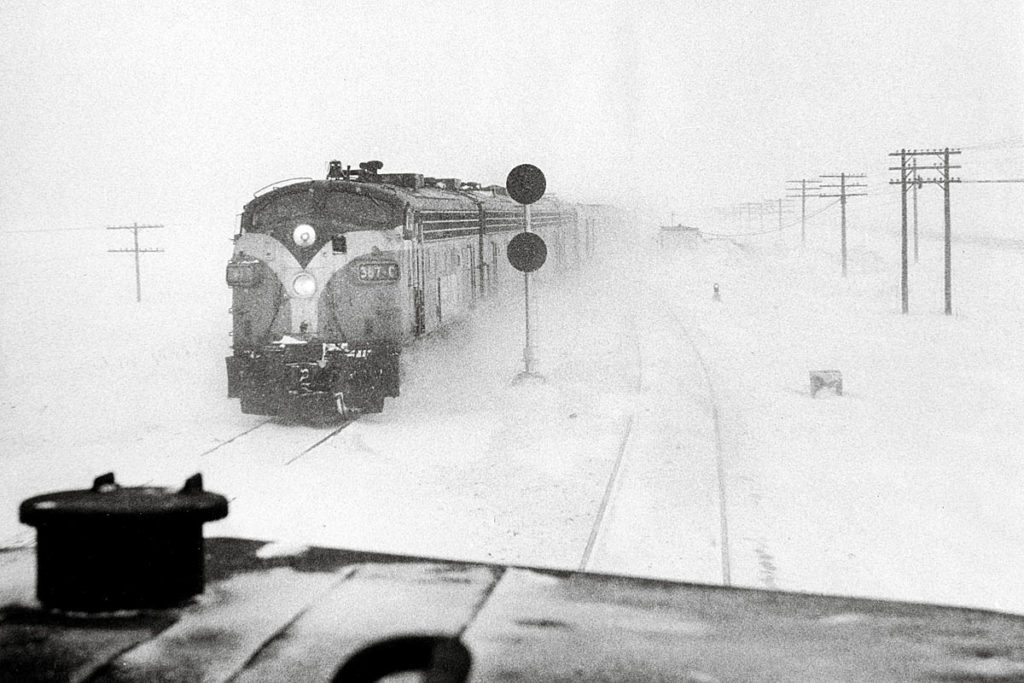
The eastbound Western Star kicks up snow as it approaches a freight at the west end of the Tintah, Minn., siding on February 14, 1969. The Star carried Nos. 27 and 28 at the time. Howard S. Patrick photo […]
Read More…
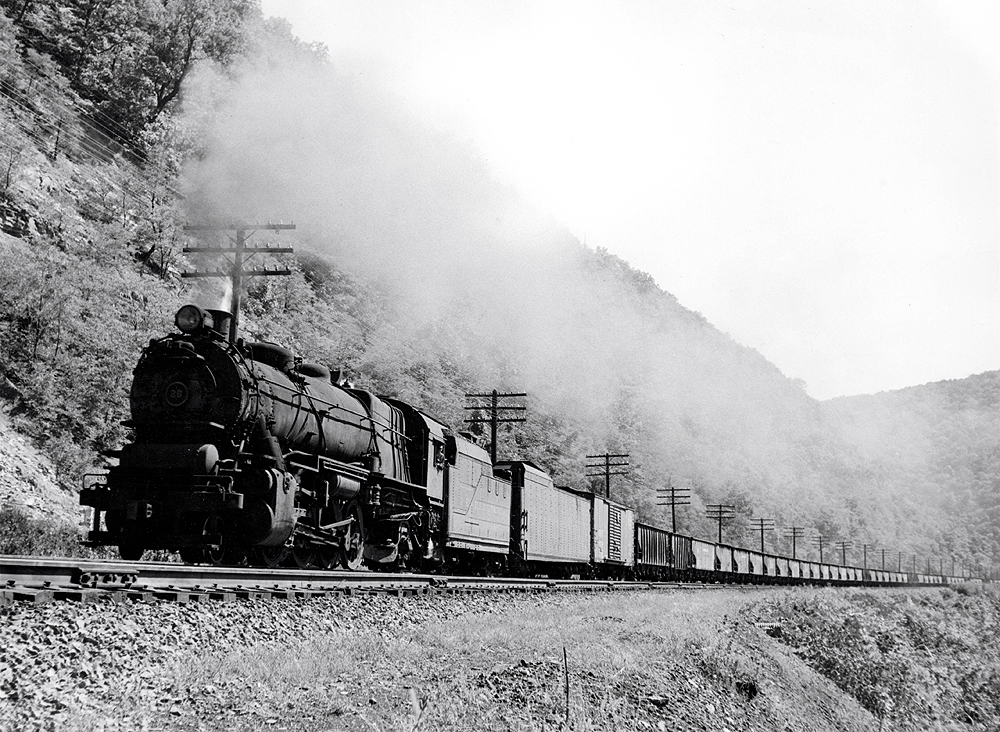
All this month — January 2020 — Classic Trains editors are celebrating the heritage, history, and images of the Pennsylvania Railroad. Please enjoy this photo gallery of images from the David P. Morgan Library archives at Kalmbach Media that include Pennsy diesel- and steam-powered freight trains through time. You might also enjoy this PRR history […]
Read More…
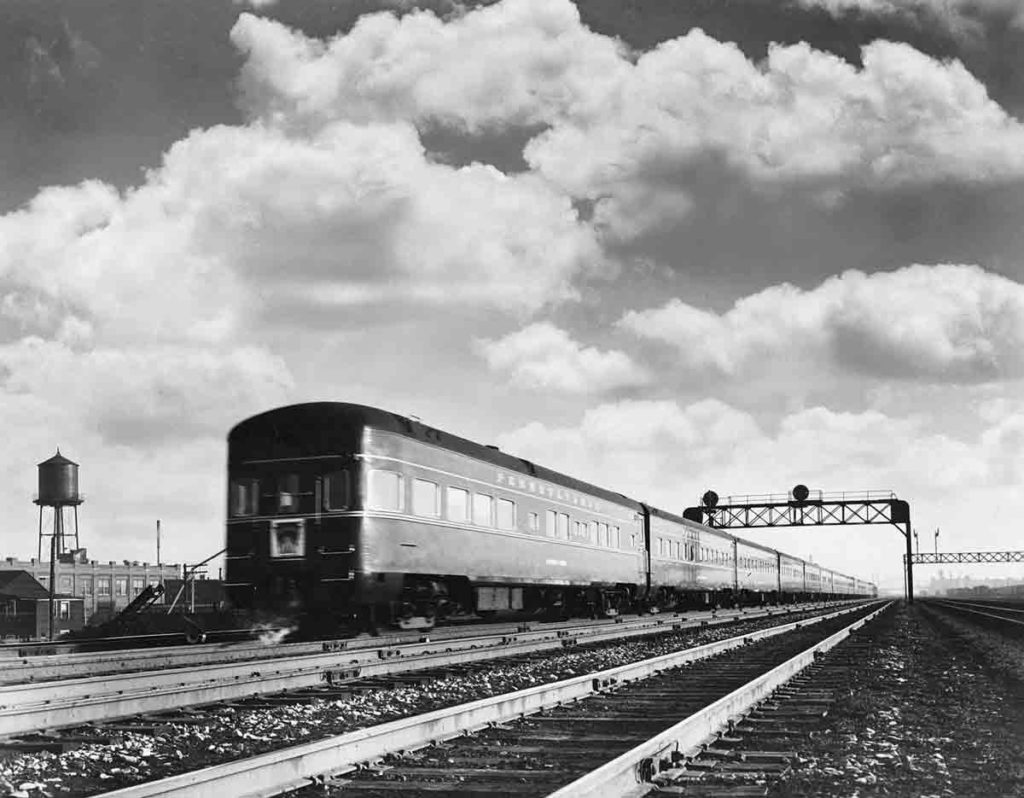
In January 2020, Classic Trains is celebrating the history, heritage, and splendor of the Pennsylvania Railroad. Enjoy this photo gallery, originally published online in May 2016, as the perfect salute to the Pennsy. Return each week for another salute to the railroad of the month! See what we did last week for the PRR! […]
Read More…
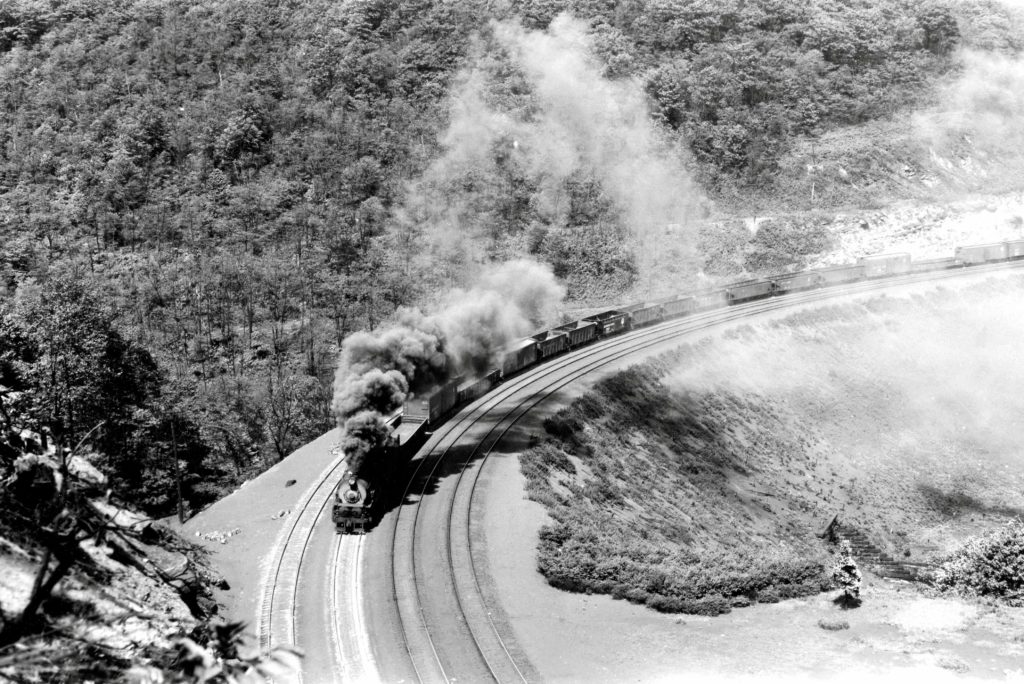
Pennsylvania Railroad class I1s 2-10-0 Decapod steam locomotive works its way around famous Horseshoe Curve with a westbound freight train in the 1940s. The train is ascending Allegheny Mountain 5 miles west of Altoona, Pennsylvania, location of the PRR’s system shops. C. E. Starr History and major events of the Pennsylvania Railroad The original Pennsylvania […]
Read More…
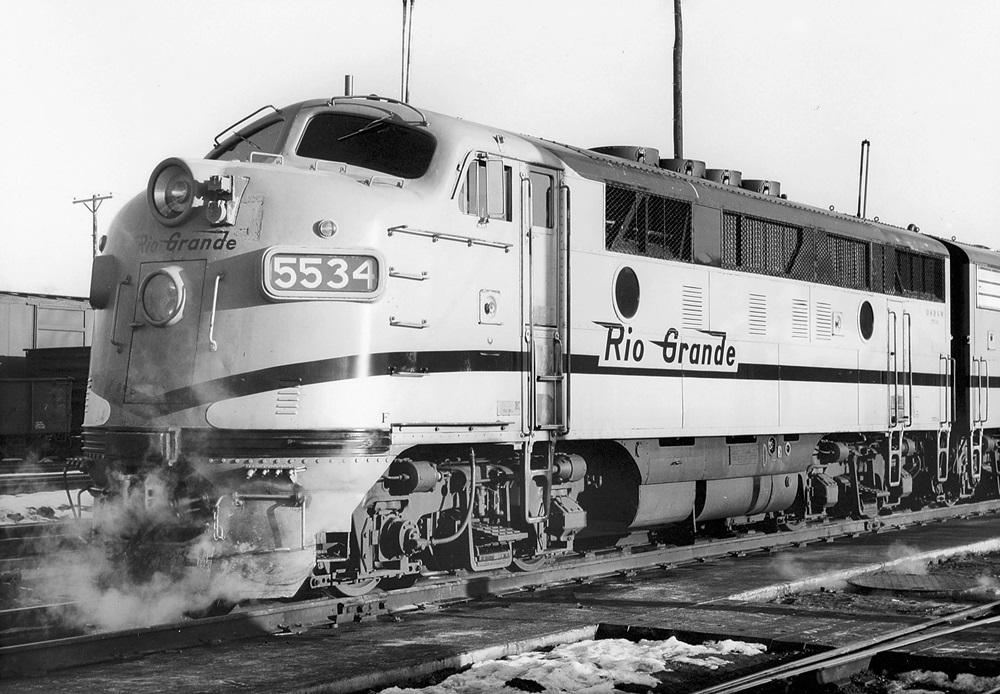
Classic Trains editors are celebrating the heritage, history, and lore of famed (and infamous) railroads. In December 2019, we celebrate the Denver & Rio Grande Western. Please enjoy a collection of locomotive images located in the David P. Morgan Library archives at Kalmbach Media that include the Rio Grande’s iconic locomotives and classic scenic […]
Read More…
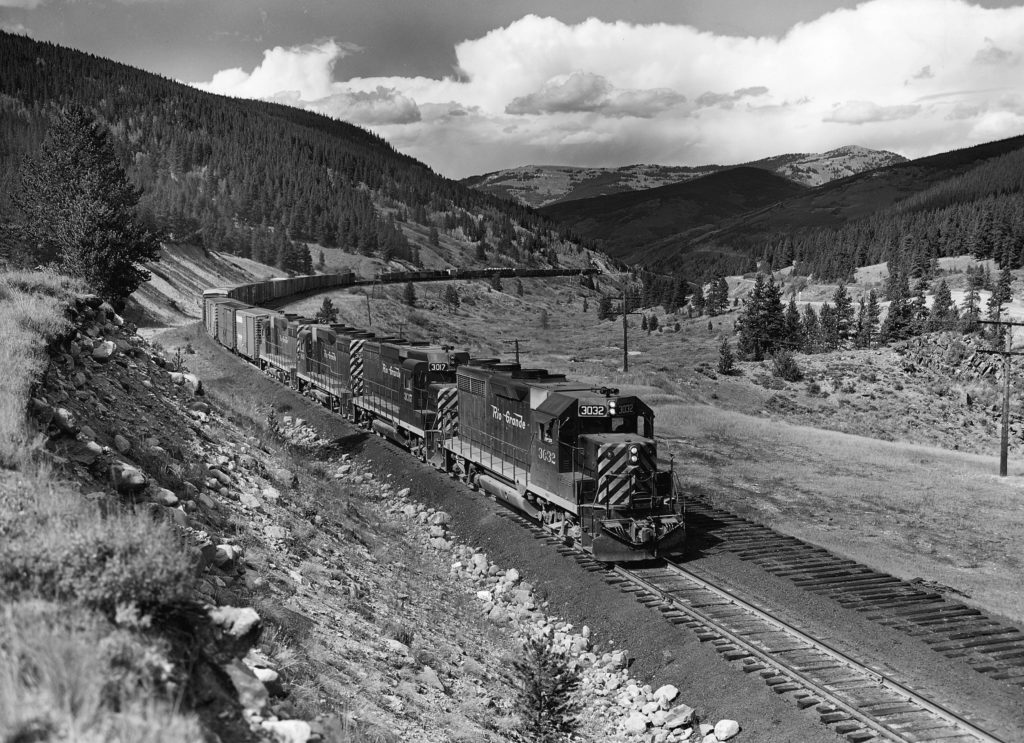
All this month — December 2019 — Classic Trains editors are celebrating the heritage, history, and images of the Denver & Rio Grande Western Railroad. Please enjoy this photo gallery of images from the David P. Morgan Library archives at Kalmbach Media that include Rio Grande diesel- and steam-powered freight trains through time. You might […]
Read More…
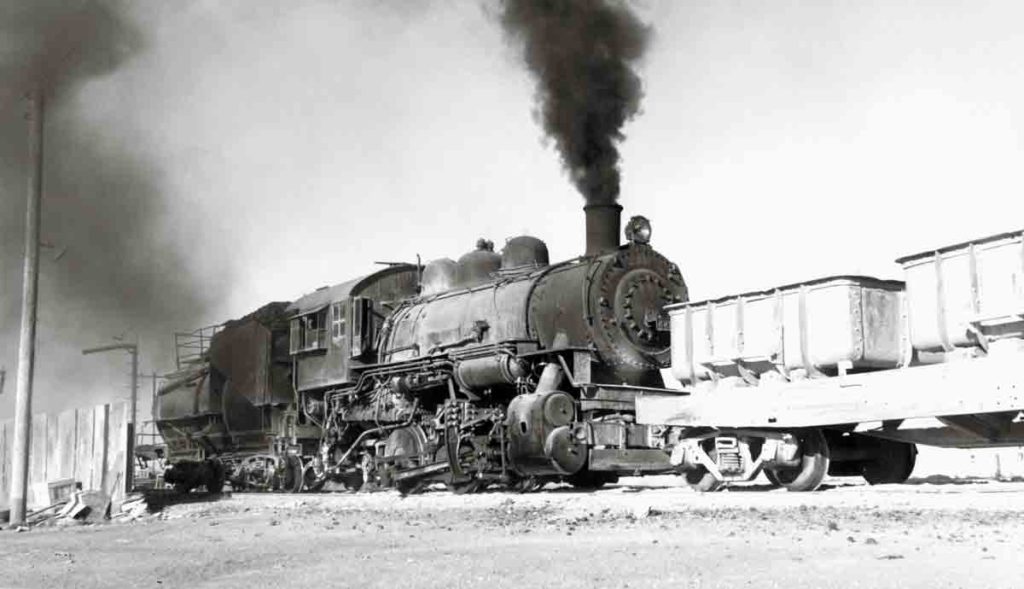
Grubby but still working, former Union Pacific 0-6-0 4455 waits for its next move at the Monolith cement plant near Laramie, Wyoming, in September 1967. A. J. Wolff When I began my freshman year at the University of Wyoming in Laramie in 1963, I was vaguely aware that steam locomotives possibly were still being used […]
Read More…





